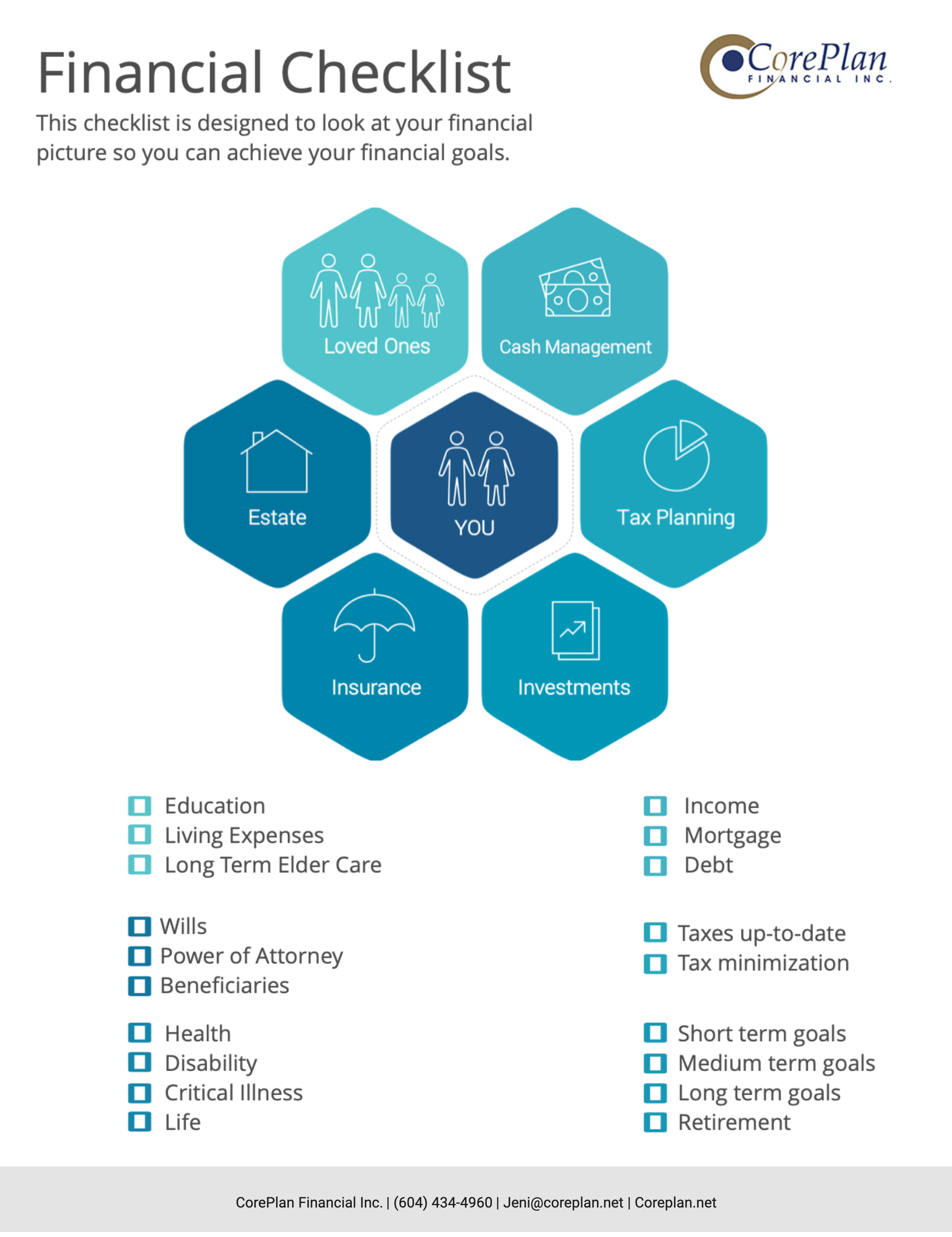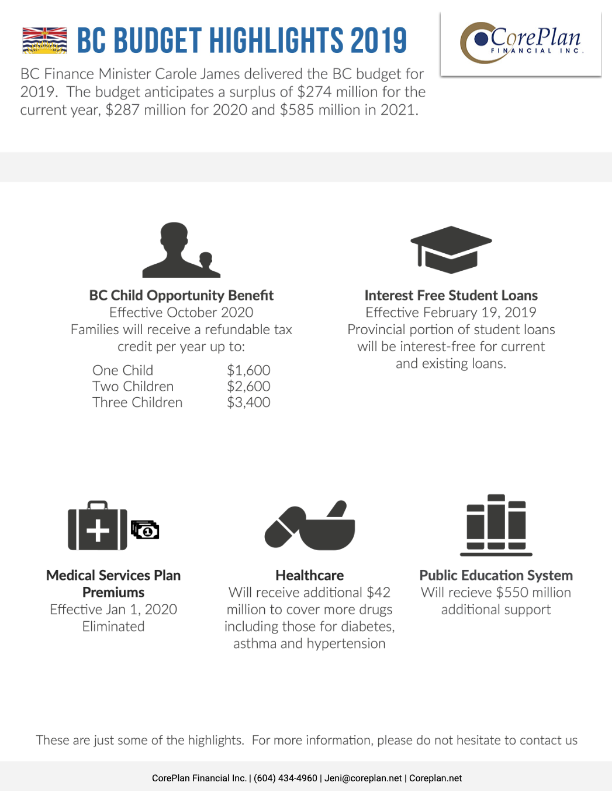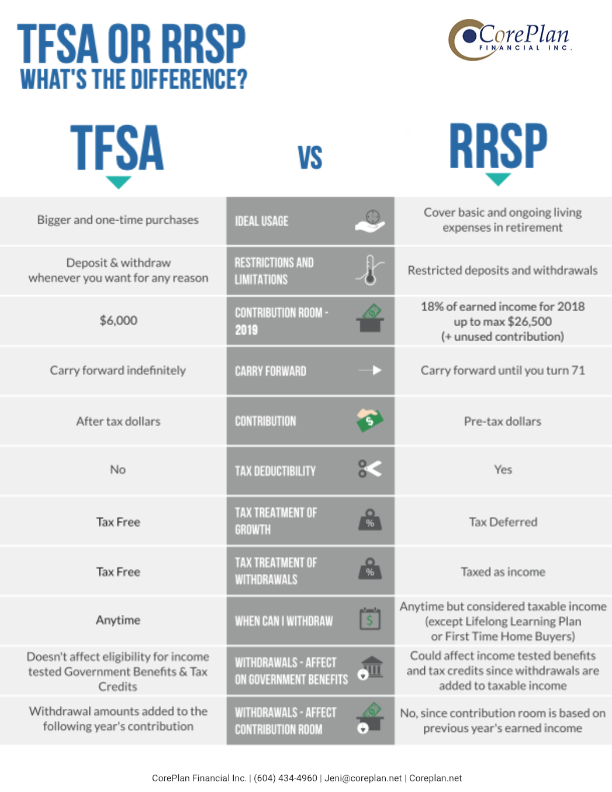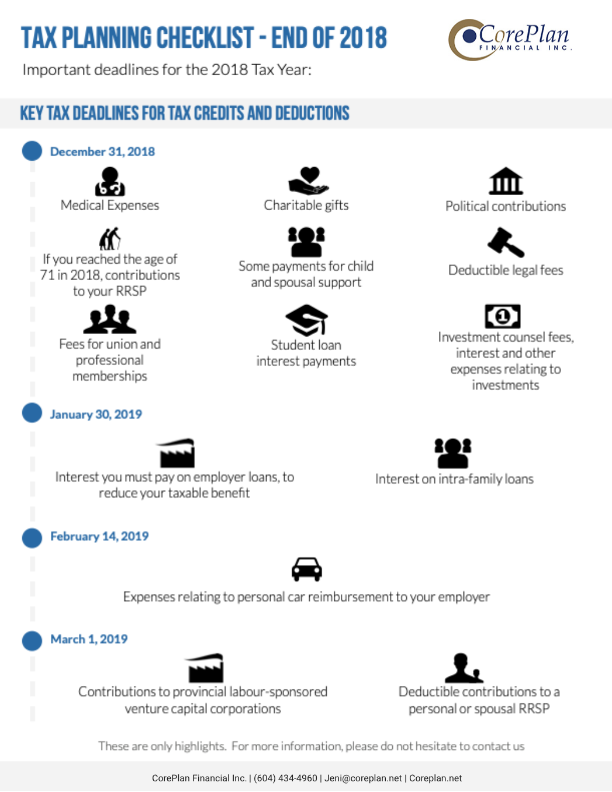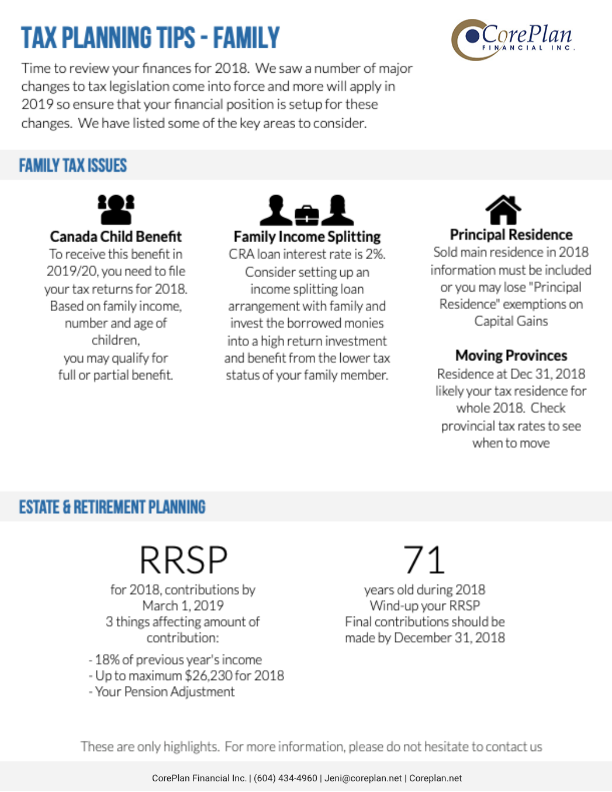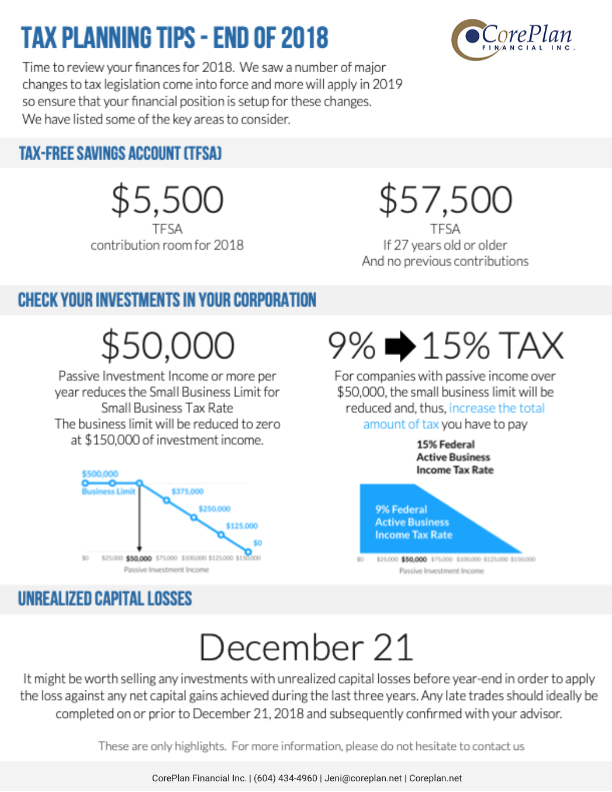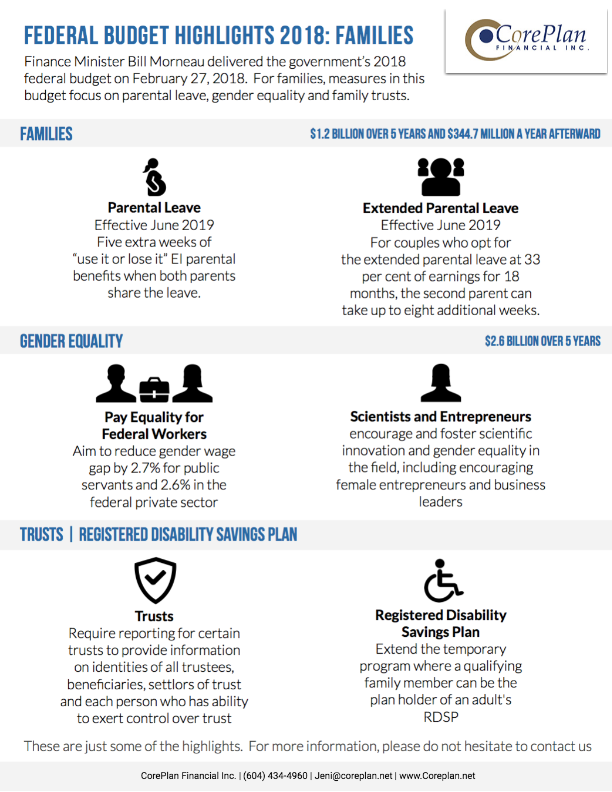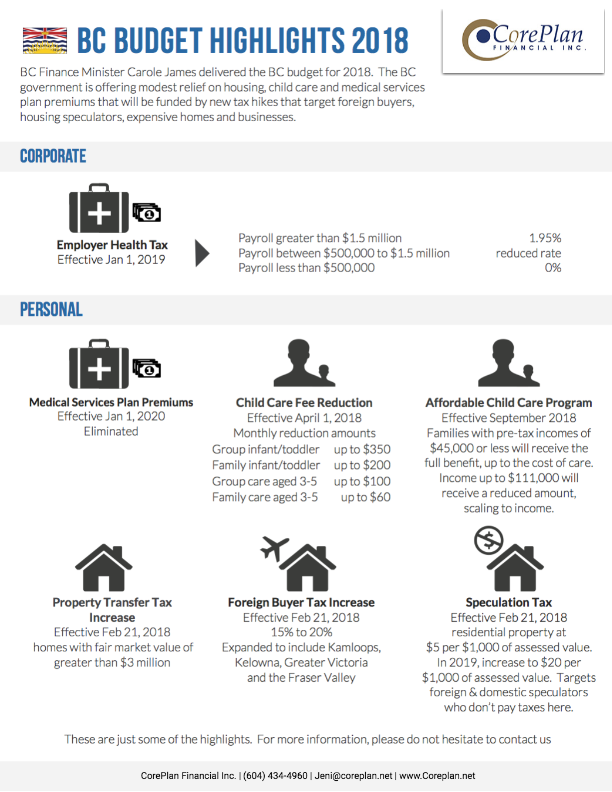Determining whether to contribute to an RRSP or pay down a mortgage has always been a great debate, for each have their advantages. To begin with, an RRSP contribution is tax-deductible, and it can generate a tax refund for you or it can reduce your income tax liability. In addition, an RRSP will continue to grow and accumulate without taxation, meaning you will accumulate more over similar taxable investments. On the other hand, while paying against the principle of a mortgage is not tax deductible, it does reduce the cost of the mortgage over the long term; however, interest on a mortgage is not tax deductible either.
When determining what works best for you, either contributing to an RRSP or paying down a mortgage, we do a series of calculations comparing RRSP contributions and accumulations versus mortgage payments and accumulations. To do this, total RRSP investments accumulated at retirement age are compared using two approaches: making the RRSP contribution, or making the mortgage repayment and using the subsequent savings from the mortgage towards RRSP contributions once the mortgage is paid off. This intricate analysis is best done by a financial planner to ensure the figures used are accurate and specific to your individual case.
When doing an analysis like this, we would look at the following:
- Current outstanding balance on your mortgage
- Current mortgage interest rate
- Assumed long term mortgage interest rate
- Rights under your mortgage to make payments against the principal
- RRSP carryforward room
- Annual RRSP room created
- Assumed long term rate of return in the RRSP
- Your marginal tax bracket
An example:
Arianna (age 35) would like to figure out if she should contribute to $5,000 to her RRSP or put the same after-tax equivalent $3,000 (40% tax rate) against her mortgage.
If Arianna applies $5,000 to her RRSP contribution, the investment would accumulate to $22,338.72 by age 65 assuming 5% rate of return compounded monthly.
Alternatively, she can apply $3,000 against her current mortgage of $500,000 with an amortization of 20 years and interest rate of 4%. Her current mortgage payment is $3,029.90 (Pre-tax equivalent: $5,049.83).
By doing this, she reduces her amortization period by 2 months, making her new amortization period to 19.8 years. She then redirects her mortgage payment of $5,049.83 to her RRSP for the next 2 months at 5% rate of return, she would accumulate $18,009.40 by age 65.
In this example, she would be better off contributing to her RRSP.
It is likely that these assumptions will vary in the future and could change the outcome of the analysis. Please consult us before making a decision.
In reality, you can also do a combination of the 2 approaches, for instance by contributing to your RRSP, you can use the tax refund to pay down your mortgage, this way you can get the benefits of both strategies.
